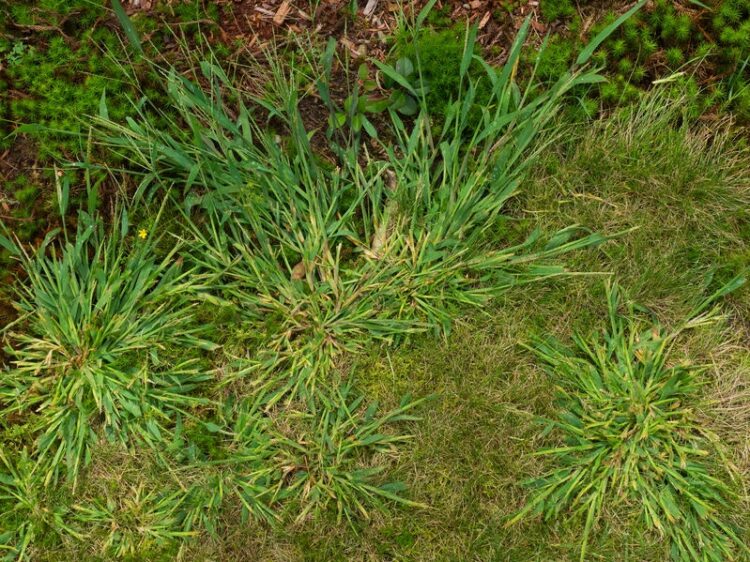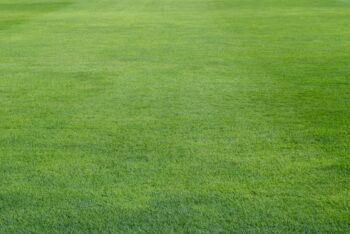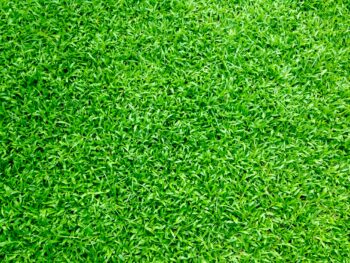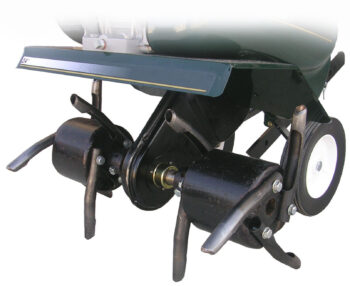Crabgrass is an invasive plant that competes with your established turf for water, nutrients, and ground coverage. When it’s left untreated, it can overtake your lawn in the most obnoxious manner.
This species gets its name from the tendrils that reach out from the center of the patch, like crab legs, allowing it to slowly take over your yard. Who wants that??
More info about weed prevention from Ryno Lawn Care
A Few Facts About Crabgrass
This particular species looks a lot like normal grass, with its green-to-yellow blades that grow in patches. However, it will sap your lawn’s nutrients, damaging the surrounding ground cover, as it attempts to take over your yard.
With its creeping runners and opportunistic nature, it doesn’t take too long before this intruder begins to eat away at the lovely, manicured landscape you’ve worked so hard to cultivate. Crabgrass typically starts spreading when the temperatures reach around 55*F, so it’s important to stay a step ahead of the game with this one.
Fortunately, we’ve compiled a list of ways to both avoid- and get rid of- crabgrass in your lawn, so you can continue enjoying a well-manicured landscape without the threat of unsightly intruders.
Let’s take a look at the most effective ways to address crabgrass in your lawn:
How to Avoid Crabgrass in the First Place
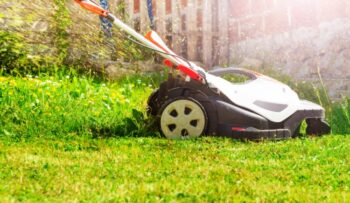
As with many other lawn-related issues, the best practice for avoiding problems is to keep your ground cover as healthy as possible. When it comes to preventing crabgrass, here are the key points:
- Mind your mowing: That’s right, a taller bed of grass helps keep away invasive species in more ways than one. In addition to providing a denser top layer that’s harder for seeds to penetrate, taller blades also shield and shade the topsoil. Keeping your grass at least 1.5 inches tall can protect your lawn from intruders.
- Mind your weak spots: Anywhere your grass may be weaker- whether it’s from shade coverage, ant beds, fungus, or other threats- it becomes that much more vulnerable to additional threats. Watch out for yellow patches, and address them accordingly, so you don’t give crabgrass a chance to take root where your lawn is compromised.
- Fertilize and irrigate: Once again, a healthy lawn is the least receptive to intruders. This concept is anomalous to our own immune systems. The healthier an organism is, the better chance it has to fight off unwanted parasites.
- Use a pre-emergent herbicide: As we mentioned before, crabgrass starts creeping when the weather warms up. In order to head off any unwanted propagation, you’ll need to utilize a pre-emergent weed killer before the temperatures reach 55* on a daily basis. Crabgrass really begins to thrive in hot weather, so you want to address it before it gets a chance to really take off, becoming that much more difficult to handle.
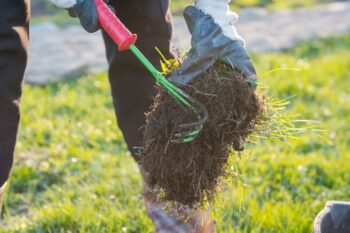
Getting Rid of Crabgrass
If you’re already facing an infestation of this unlovely intruder, take heart: we’ve got several remedies for you to employ.
- Let it die: If it’s late in the season and you’ve only got a few small patches of crabgrass, we have good news. You can leave it alone, and it will readily die off in the winter without returning.
- Hand-pulling always works: Of course this is a time-consuming remedy, but it’s tried-and-true. Grab your trowel and get to work! Fortunately, the growth pattern of crabgrass is amenable to this method, as it grows in thick and easily recognizable clumps.
- Post-emergents as a spot-treatment: We all know that post-emergent weed killers are very effective. They’re quite easy to use to kill off crabgrass due to its tendency to show up in patches that are easy to target.
- MSMA is very effective: This herbicide is not available in all states, and should be used carefully. It can cause damage to your turf, but is highly effective in killing crabgrass.
Precautions
As with all weed prevention practices, there are a few things you want to keep in mind, to preserve the health of your ground cover as you target unwanted intruders.
- Don’t weed and seed at the same time: It’s helpful to overseed a dry patch after ridding your lawn of crabgrass, to replenish it. However, if you seed and apply a pre-emeregent herbicide at the same time, they will cancel each other out.
- Water after weed killer application: If you apply either a pre- or post-emergent herbicide, it’s important to water your lawn shortly afterward. This is true no matter what the season weather, but especially true in the summer. You want the topsoil to soak in the chemicals rather than leaving them on the surface of your glass blades.
- Use a pump sprayer when needed: For non-selective herbicides, you want to be sure you’re hitting your target. Keep your lawn safe by using a sprayer that only hits the crabgrass, thereby protecting the lawn you’re trying to preserve.
- Know your brands: Studies show that Barricade and Dimension are the most effective pre-emergent herbicides for crabgrass. While most only last for 3-5 months, these products remain effective for up to a full year.
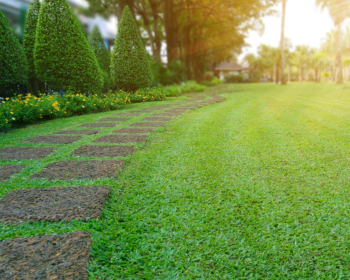
Final Thoughts
Not all weeds are truly invasive; some simply want to share space with your ground cover. However, crabgrass is an exception- it will truly harm your luscious lawn! Be sure you’re taking adequate measure to rid and prevent your lawn from the harm this intruder can bring!
Want more info on the differences between popular turf grasses in North Texas? Check out our service page on different grass types to educate yourself.

